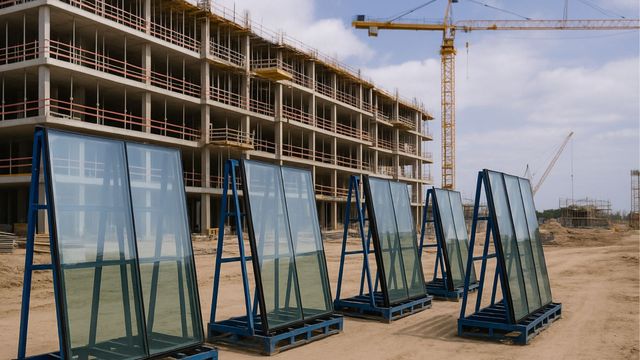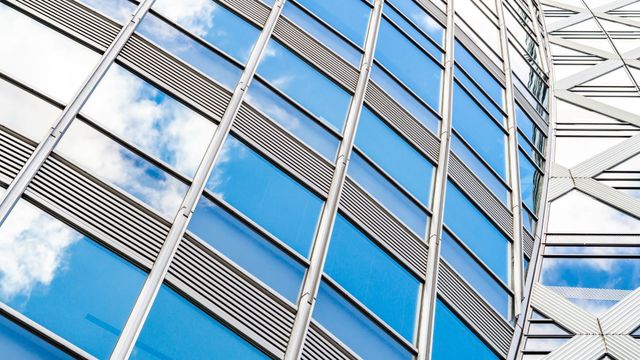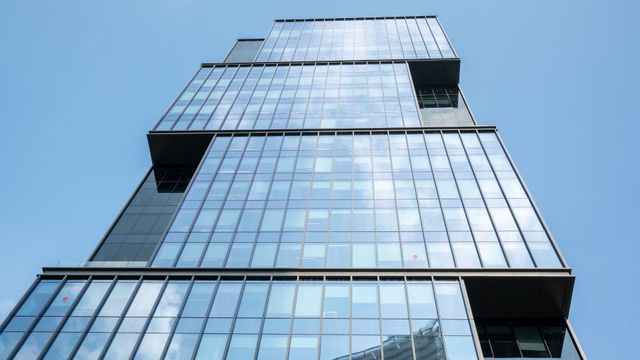How glass screen printing works
Share this blog:
What is glass screen printing and where is it used? Find out all about this versatile method in our guide.
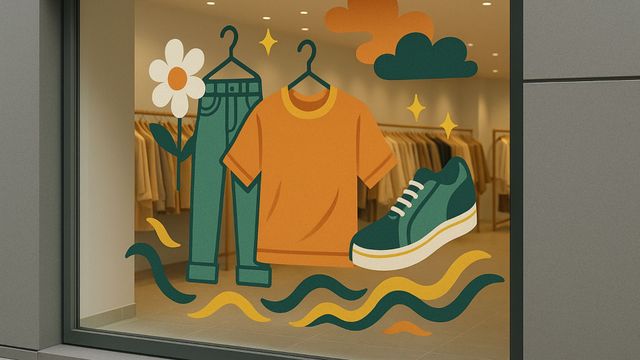
人類がガラスを生産するようになって以来、芸術家やデザイナーたちはガラスの装飾的可能性に気づいていました。
世界中の博物館には古代の彩色ガラスが数多く展示されており、ヨーロッパ各地の大聖堂では聖書の場面を描いたステンドグラスが展示されています。
Today, decorative glass is a world unto itself. And we should know: here at ToughGlaze, we offer a range of
decorative glass products so wide it surprises even us.
Among these is
glass screen printing. At its most basic, this is a kind of stencilling where ink is pushed through a mesh screen onto a pane of glass.
最近では、インクを塗るのに機械が使われています。その後、ガラスは炉に入れられ、インクが表面に焼き付けられます。
その結果、オフィスの看板を印刷する場合でも、キッチンのカスタムスプラッシュバックを印刷する場合でも、驚くほど耐久性があり、耐候性があり、美しいデザインが生まれます。
もっと詳しく知りたいですか?まさにうってつけの場所です。製造工程に入る前に、ガラススクリーン印刷の様々な用途をいくつか見てみましょう。
ガラススクリーン印刷の用途にはどのようなものがありますか?
多くの装飾ガラス製品と同様に、ガラススクリーン印刷は多用途に使用できます。その優れた例は、世界中の看板、装飾芸術、そして住宅設備など、様々な場所で見ることができます。
オフィス、銀行、その他の商業施設では、ガラススクリーン印刷は、文字通り企業のブランドをドア、窓、パーティションに焼き付けるのに最適な方法です。
街中を歩いていると、バス停、店頭、売店などでガラススクリーン印刷を見かけることがあります。インクがガラスに溶け込んでいるため、耐候性が非常に高く、どんなに雨が降ってもデザインが消えることはありません。
運輸・工業分野では、ガラススクリーン印刷は標識に使用され、自動車業界では車の窓にデザインを印刷するために使用されます。
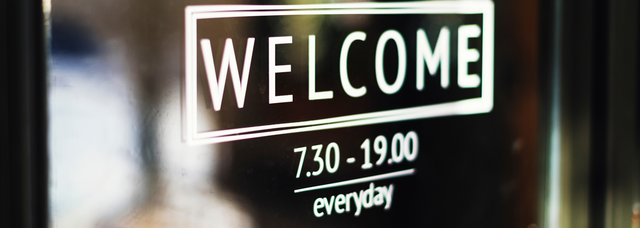
Wherever it's used, glass screen printing combines aesthetic appeal with high levels of durability. When used with toughened glass, it can also create glass for installation in locations where safety is paramount.
ガラススクリーン印刷にはどのような機械が使用されますか?
ガラススクリーン印刷には、いくつかの異なる種類の機械が使用されます。主なものは、自動スクリーン印刷機と手動スクリーン印刷ユニットの2つです。
自動スクリーン印刷機は、大規模な工業生産に使用されています。ガラス片にデザインを一度に素早く印刷できるだけでなく、円筒形などの不規則な形状にもデザインを印刷できます。
最後に、手動のスクリーン印刷ユニットがあります。これは通常、アーティストや少量生産の生産者によって使用されます。
ToughGlazeでは、高性能のガラススクリーン印刷機を使用しています。これにより、品質に妥協することなく、大規模なスクリーン印刷が可能です。その結果、驚くほど強靭なガラス製品が生まれ、あらゆる気象条件に耐えることができます。
ガラススクリーン印刷にはどのようなインクが使用されますか?
用途に応じて異なるインクが使用されます。ガラススクリーン印刷では、2液性エポキシインクとフリットインクが一般的に使用されます。ただし、一部のメーカーではUV硬化型インクや溶剤系インクを使用しています。
エポキシインクは耐久性と塗布のしやすさから使用され、一方、フリットインクは耐熱性と耐摩耗性に優れていることで知られています。
Here at ToughGlaze, our
TG SP solution uses special ceramic inks. These last as long as the glass itself – a sentence that applies even when the glass is installed outdoors.
セラミックインクは高熱に耐えることができ、精密に塗布できるため、ガラスへのスクリーン印刷に最適です。
当社のプロセスは、まずシルクスクリーン印刷を用いてお客様のデザインをガラスに印刷します。その後、ガラスは熱乾燥機に通され、最先端の強化プラントで高温まで加熱されます。
当社のTG SP製品は、美しく機能的で、非常に耐久性に優れています。また、用途も広く、ヒースロー空港をはじめ、あらゆるお客様にスクリーン印刷ガラスを提供してきました。ターミナル2全体で当社の施工例をご覧いただけます。
弊社のすべての製品と同様に、TG SP もお客様の正確な要件に合わせてカットできます。
ガラススクリーン印刷は長年にわたってどのように変化してきましたか?
ガラス製造、そして製造業全般の多くの側面と同様に、ガラススクリーン印刷も長年にわたり劇的な変化を遂げてきました。これは主に、手作業から自動化への一般的な移行によるものです。
かつてデザイナーたちは、オーガンジーやチーズクロスといった粗い素材から手作業でステンシルを切り出し、メッシュスクリーンを作りました。そして、手動の機械を使ってインクをガラスなどの素材に押し付けていました。
時が経つにつれ、新たなプロセスが開発されました。写真乳剤、合成メッシュ、自動化設備が組み合わさることで、生産時間の短縮、印刷品質の向上、そして幅広い用途への展開が実現しました。
私たちのような施設は、かつてのガラス工房とは大きく異なります。しかし、何世紀にもわたる変化を経ても、私たちの優先事項はほぼ同じです。ガラス製品は機能的で美しく、安全であるべきです。スクリーン印刷されたガラス製品も例外ではありません。
ガラスデジタル印刷とガラススクリーン印刷の違いは何ですか?
Screen printing uses stencils to build an image, layer by layer, onto glass. Digital glass printing, meanwhile, uses a large flatbed printer to print a multicoloured image onto a piece of glass in one pass.
ここまで読んで、低解像度の写真をガラス板に貼り付けたようなものを想像したかもしれません。しかし、デジタル印刷は高解像度の写実的な画像が使用できるほど進歩しています。
ガラスの多様性を示すもう一つの例として、ガラス片にデジタル印刷とスクリーン印刷を同時に施すことが可能です。これは、デザインに写真を取り入れたい場合に便利です。
Want to explore the possibilities of
ceramic screen printing on glass? Whatever your project, we'd love to hear from you.
Get in touch with ToughGlaze today for a quick, competitive quote.








